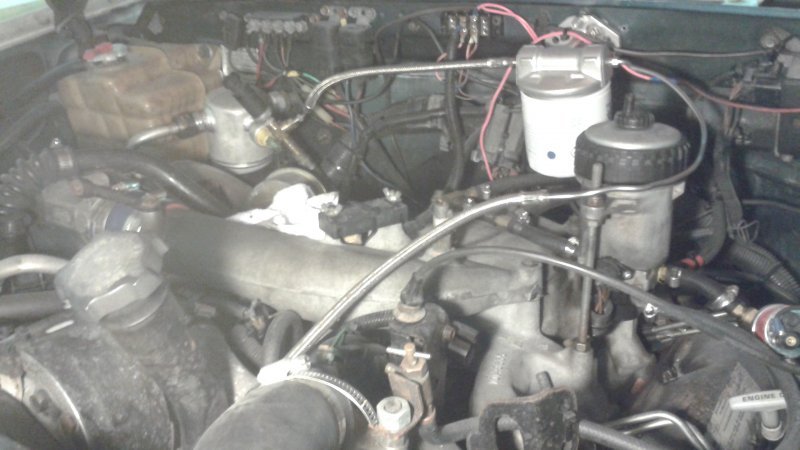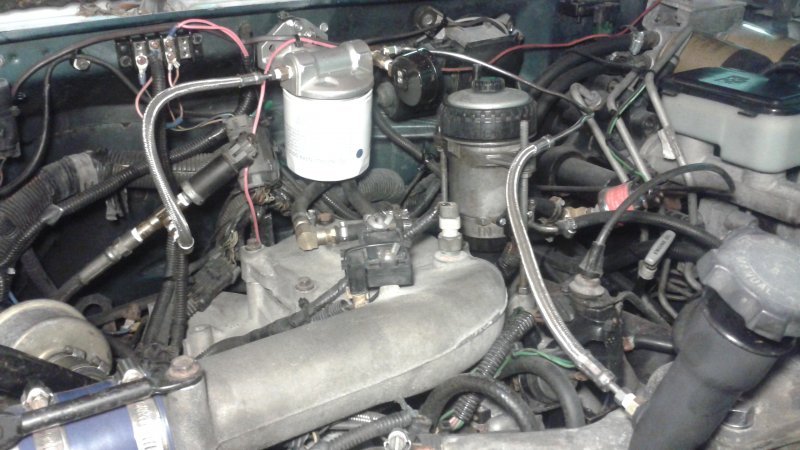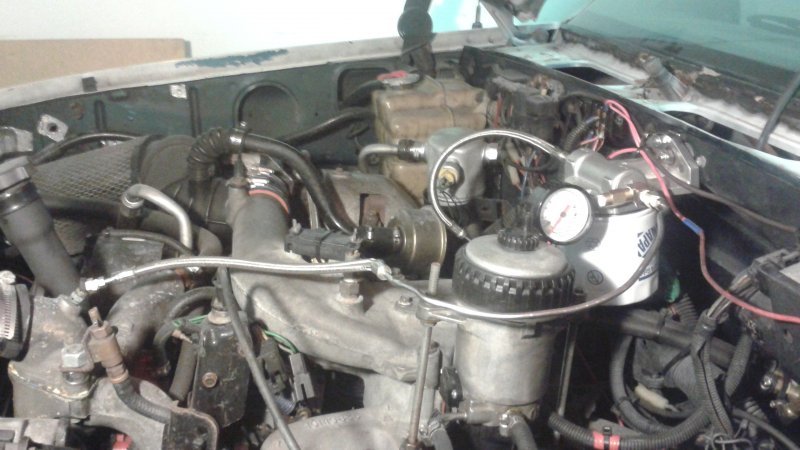Yachtcare
Recruit
- Messages
- 173
- Reaction score
- 2
Setting up my bypass oil filter. I'm taking the feed oil from the top of the extension hose on my OPS. That means I need to create a tee using a 1/4 npt nipple into the top of the extension hose, with a bushing out the side for an 1/8 npt to the filter housing, and re installing the OPS on top of the tee.
At the top of the extension hose there is a restriction in the fitting, sort of like a flare, without the flare. Obviously not the case at the top of the tee. The bottom of the OPS will end up about 2.5" above it's original location in top of the extension hose.......Will this create a false reading/or inoperable switch from the OPS to the gauge at dash? My dual lift pumps are manually switched, so that is not a concern.
Hopefully the pics clarify the situation.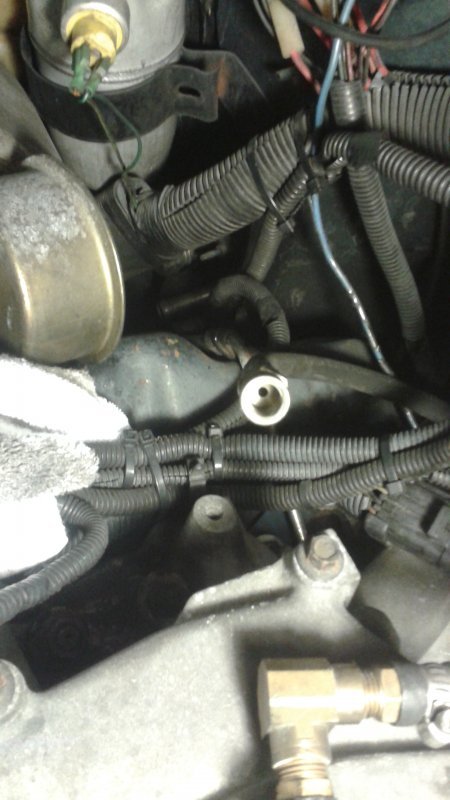
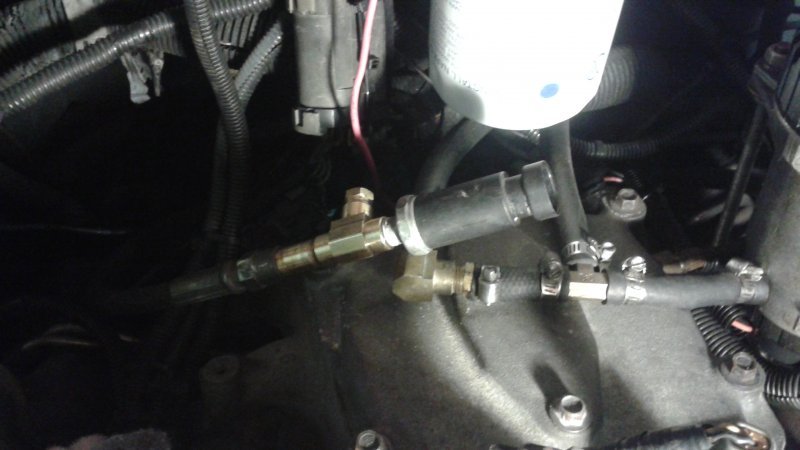
At the top of the extension hose there is a restriction in the fitting, sort of like a flare, without the flare. Obviously not the case at the top of the tee. The bottom of the OPS will end up about 2.5" above it's original location in top of the extension hose.......Will this create a false reading/or inoperable switch from the OPS to the gauge at dash? My dual lift pumps are manually switched, so that is not a concern.
Hopefully the pics clarify the situation.



